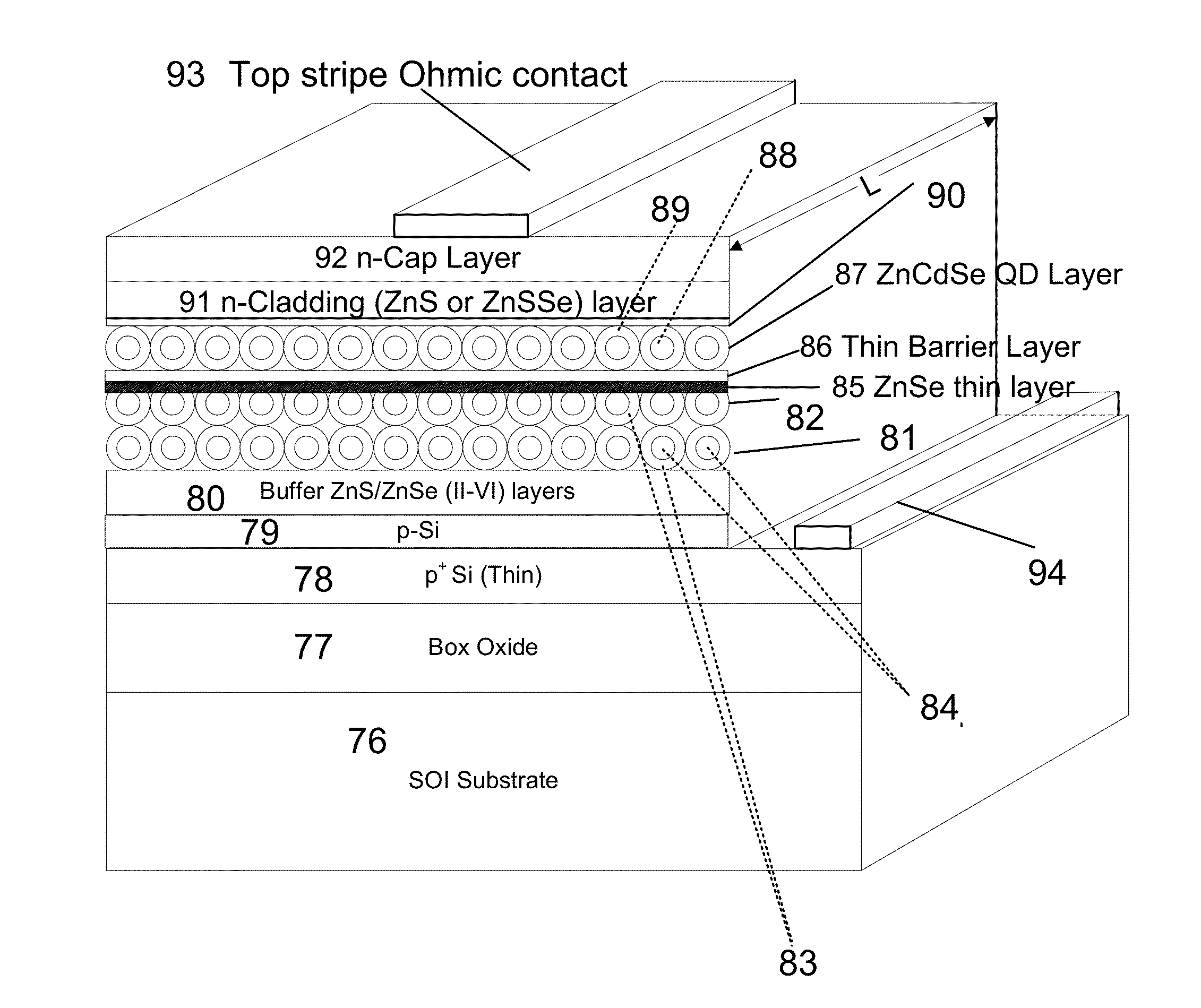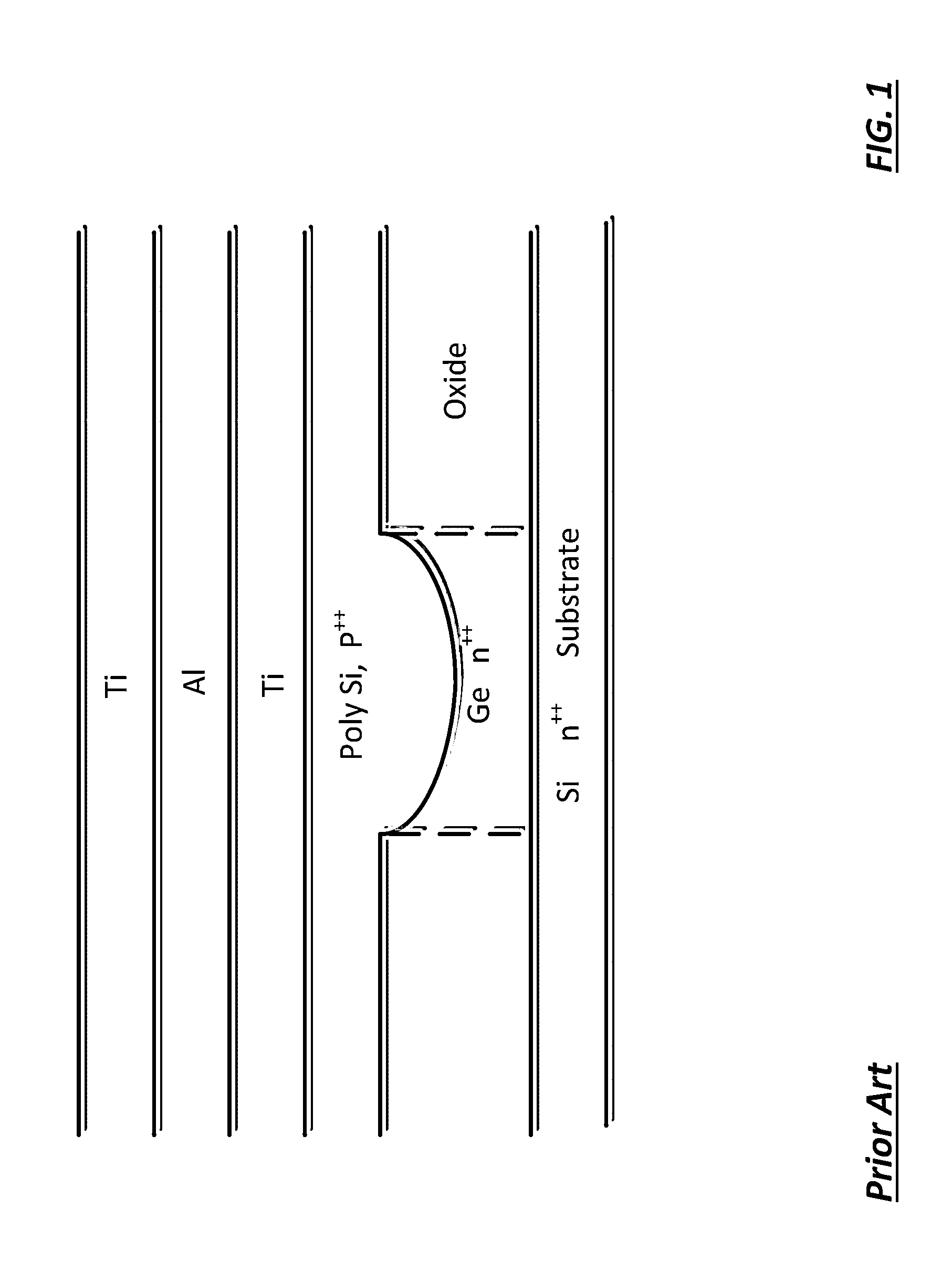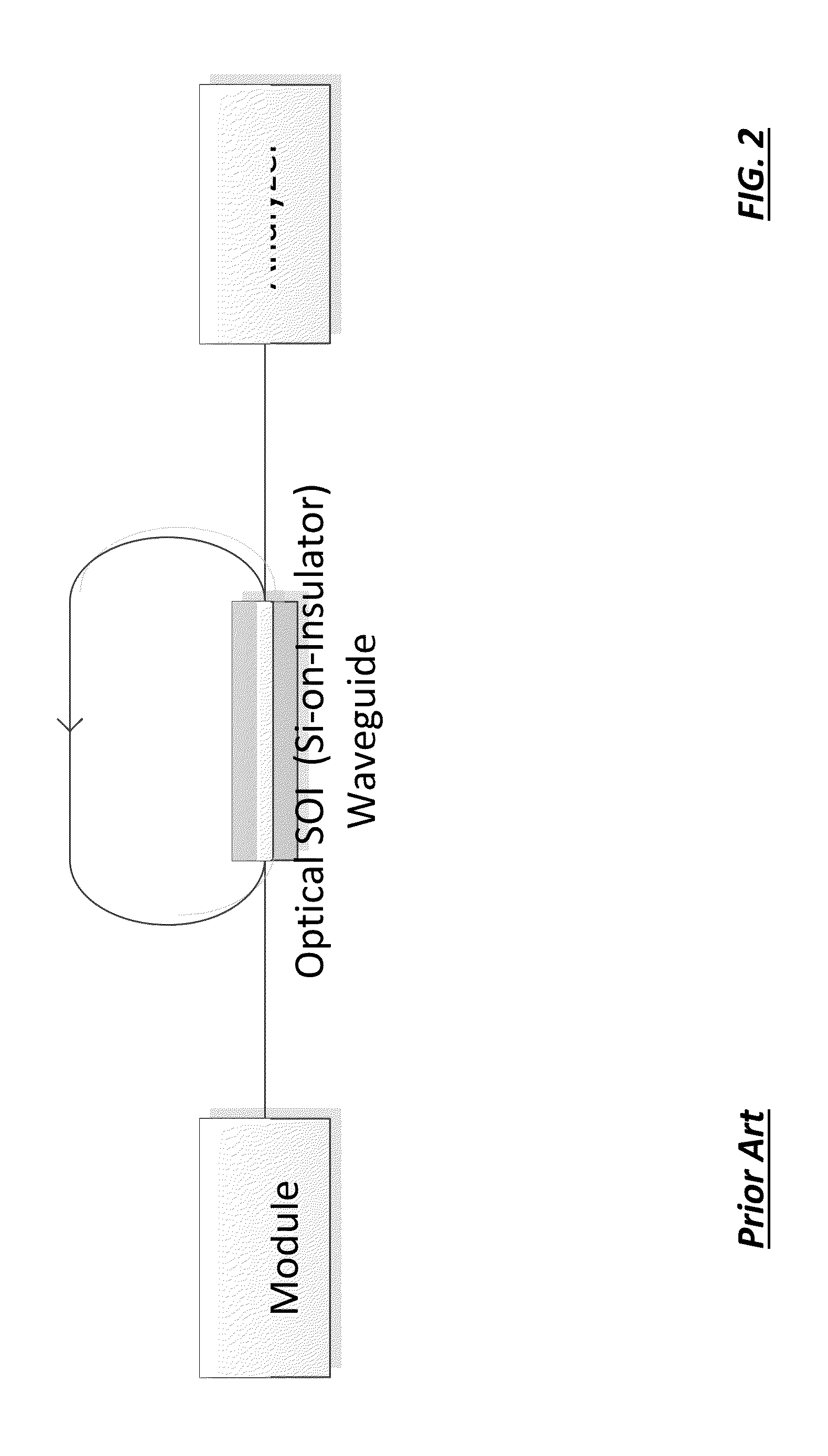Enhanced Optical Gain and Lasing in Indirect Gap Semiconductor Thin Films and Nanostructures
a thin film, indirect gap technology, applied in the direction of laser optical resonator construction, semiconductor lasers, lasers, etc., can solve the problems of significantly lower quantum efficiency, impractical threshold current density values, and the inability to use widely used materials
- Summary
- Abstract
- Description
- Claims
- Application Information
AI Technical Summary
Problems solved by technology
Method used
Image
Examples
Embodiment Construction
[0033]It should be appreciated that in accordance with the present invention, the figures describe hereinabove involve edge-emitting laser structures with resonant cavity configuration. Surface-emitting structures are also envisioned using disclosed active layers with appropriate spacer and quarter wave dielectric mirrors. The spacer and mirror layers are envisioned to be implemented using barrier materials and / or cladding materials. Distributed feedback (DFB) configurations in edge-emitting and vertical cavity surface emitting laser (VCSEL) are also envisioned using the active layer, cladding layers, and substrates disclosed in here.
[0034]The present invention includes light-emitting and lasing structures that use Ge, SiGe, Si, GaAsP, GaP, and other indirect gap semiconductors. Structures facilitating creation of excitonic transitions which yield higher internal quantum efficiency in generating photons are described. Excitons are envisioned in structures including: (1) two differen...
PUM
 Login to View More
Login to View More Abstract
Description
Claims
Application Information
 Login to View More
Login to View More - R&D
- Intellectual Property
- Life Sciences
- Materials
- Tech Scout
- Unparalleled Data Quality
- Higher Quality Content
- 60% Fewer Hallucinations
Browse by: Latest US Patents, China's latest patents, Technical Efficacy Thesaurus, Application Domain, Technology Topic, Popular Technical Reports.
© 2025 PatSnap. All rights reserved.Legal|Privacy policy|Modern Slavery Act Transparency Statement|Sitemap|About US| Contact US: help@patsnap.com



